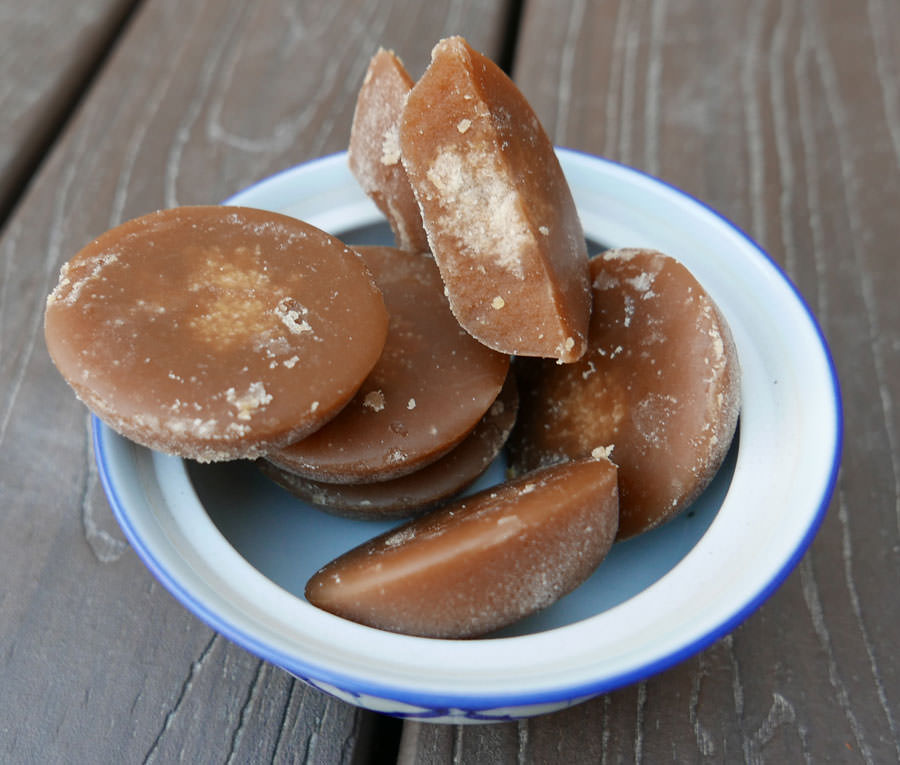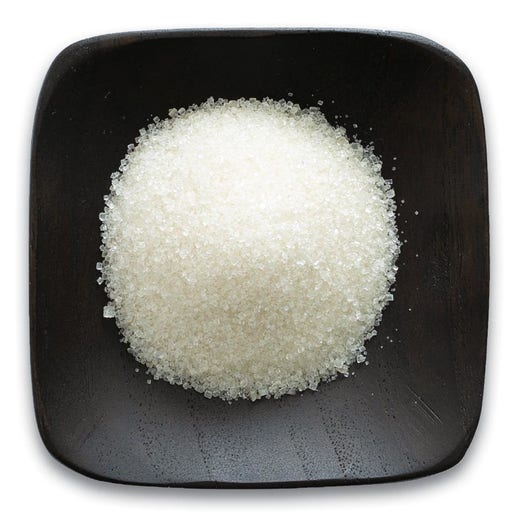Cane Sugar Processing: Typical Approaches and Modern Innovations
Cane Sugar Processing: Typical Approaches and Modern Innovations
Blog Article
An In-Depth Overview to the Environmental Impact and Sustainability Practices in Cane Sugar Processing
The ecological effect of walking stick sugar handling offers a complex variety of obstacles that warrant careful assessment. From soil deterioration and too much water usage to the carbon footprint associated with growing and manufacturing, the consequences of standard techniques are far-reaching. What specific methods can be applied to strike a balance between productivity and ecological stewardship?
Summary of Walking Cane Sugar Processing
Walking stick sugar processing involves a collection of organized actions that transform sugarcane right into polished sugar. Originally, collected sugarcane is transferred to refining centers, where it undergoes cleansing to get rid of soil and particles. Following this, the cane is squashed to extract juice, which is after that clarified by eliminating contaminations through heating and the enhancement of lime.
The clarified juice undertakes dissipation, where water is eliminated to concentrate the sugar content. These crystals are divided from the staying syrup using centrifugation, resulting in raw sugar.
The last product is then dried and packaged for circulation. Throughout this entire process, keeping efficiency and quality assurance is important to guarantee the sugar meets market requirements. Each step in walking cane sugar processing not just adds to the end product yet also has ramifications for source usage and waste generation, establishing the stage for conversations on sustainability and ecological effects related to sugar manufacturing.
Environmental Challenges of Production
The manufacturing of walking stick sugar provides several significant ecological obstacles that warrant attention. One main worry is the extensive use agrochemicals, consisting of fertilizers and pesticides, which can lead to dirt destruction, biodiversity loss, and contamination of local water sources. The runoff from sugarcane fields commonly carries these chemicals into neighboring ecological communities, interfering with water life and influencing the health and wellness of neighborhoods reliant on these water bodies.
One more difficulty is the high energy consumption connected with sugarcane handling. The boiling and refining stages need significant warm, mainly produced by melting nonrenewable fuel sources, adding to greenhouse gas exhausts. Furthermore, the expansive acreage needed for sugarcane farming can lead to logging and environment destruction, additional exacerbating climate adjustment and harmful wildlife.
In addition, the labor practices in some areas raise ethical problems, as workers may face bad working problems and inadequate earnings. This situation commonly continues a cycle of destitution in neighborhood communities. Cane Sugar Processing. Dealing with these ecological difficulties is vital for creating more lasting practices in walking stick sugar production, eventually benefiting both the atmosphere and the areas included in this industry
Water and Land Use Influence
Water resources and land usage are crucial parts in the walking cane sugar sector that dramatically influence the environment. The farming of sugarcane needs substantial water input, with price quotes recommending that it can eat as much as 2,000 litres of water per kilo of sugar generated. This extensive use water typically leads to exhaustion of local water sources, affecting not only the sugarcane plantations yet additionally bordering environments and neighborhoods that depend on the exact same water sources for farming and domestic usage.

In addition, land use for sugarcane cultivation can cause logging and the conversion of natural environments into monoculture vineyards. This method decreases biodiversity, disrupts neighborhood ecosystems, and contributes to dirt destruction. The expansion of sugarcane fields typically elbows in on important farming land, creating competitors for sources in between food and biofuel production.
Sustainable techniques, such as optimizing irrigation strategies and executing crop rotation, are vital to reduce these impacts. By embracing a lot more efficient water use and land monitoring approaches, the cane sugar industry can minimize its ecological impact, guaranteeing a balance in between farming productivity and environmental conservation.
Greenhouse Gas Emissions
Greenhouse gas discharges stand for a substantial ecological concern within the cane sugar processing market, specifically as farming methods expand to fulfill international demand. The cultivation of sugarcane, a crop that prospers in exotic climates, depends greatly on artificial plant foods and chemicals, which add to nitrous oxide emissions. Additionally, land-use changes, consisting of deforestation for new sugarcane ranches, launch co2 kept in plant life and soil.
During processing, power intake is one more major source of greenhouse gas discharges - Cane Sugar Processing. Several sugar mills use fossil fuels to power machinery and generate warm, resulting in considerable carbon impacts. Moreover, the transport of raw sugarcane and ended up products adds layers of exhausts via fuel burning in vehicles
The cumulative effect of these discharges intensifies climate modification, posturing threats not just to the atmosphere however likewise to the long-lasting viability of the industry. Stakeholders should identify the immediate demand for detailed methods that address these discharges. This entails evaluating present agricultural methods, processing methods, and transport systems to recognize areas for improvement and mitigation. Dealing with greenhouse gas emissions is necessary for fostering a more lasting walking stick sugar market in a transforming climate.

Sustainable Practices and Innovations
Sustainable techniques and technologies are progressively crucial in the cane sugar processing sector as stakeholders seek to decrease environmental influences while keeping productivity. One substantial innovation is the application of integrated plant administration, which optimizes resource use by integrating dirt administration, insect control, and plant rotation techniques. This method improves return while minimizing chemical inputs and preserving soil wellness.
Additionally, the fostering of renewable resource sources, such as biomass from sugarcane deposits, has gotten grip - Cane Sugar Processing. By converting waste items right into power, processing centers can decrease their reliance look here on nonrenewable fuel sources, consequently reducing greenhouse gas discharges
Water administration techniques have actually additionally seen renovations with the recycling and reusing of water in handling plants, significantly minimizing freshwater intake. Developments in innovation, such as accuracy agriculture, make it possible for farmers to check crop wellness and source usage better, guaranteeing sustainable cultivation practices.
Additionally, accreditation programs like Fair Profession and Rain forest Partnership encourage eco accountable farming practices and advertise social equity within the supply chain. By welcoming these sustainable methods and innovations, the walking cane sugar processing market can improve its durability and contribute favorably to environmental stewardship.
Verdict
The environmental effect of walking stick sugar handling offers substantial challenges, consisting of dirt destruction, high water consumption, and greenhouse gas emissions, along with honest issues connected to labor methods. Resolving these problems via lasting techniques, such as integrated crop monitoring, renewable resource adoption, and water recycling, is vital. By advertising environmentally liable and socially fair techniques in sugar production, the check out here sector can minimize its negative results, making sure a more lasting future for both neighborhoods and environments included in this sector.
Cane sugar handling entails a collection of systematic steps that change sugarcane right into refined sugar. Each step in cane sugar processing not just contributes to the final item but likewise has implications for resource use and waste generation, setting the phase for conversations on sustainability and environmental impacts associated with sugar manufacturing.
Greenhouse gas emissions stand for a substantial ecological issue within the cane sugar processing sector, specifically as farming practices increase to fulfill global need.Lasting practices and innovations are progressively vital in the walking cane sugar why not find out more handling industry as stakeholders seek to lower environmental influences while keeping efficiency.The environmental influence of walking cane sugar processing presents significant obstacles, including dirt destruction, high water consumption, and greenhouse gas emissions, alongside moral problems related to labor techniques.
Report this page